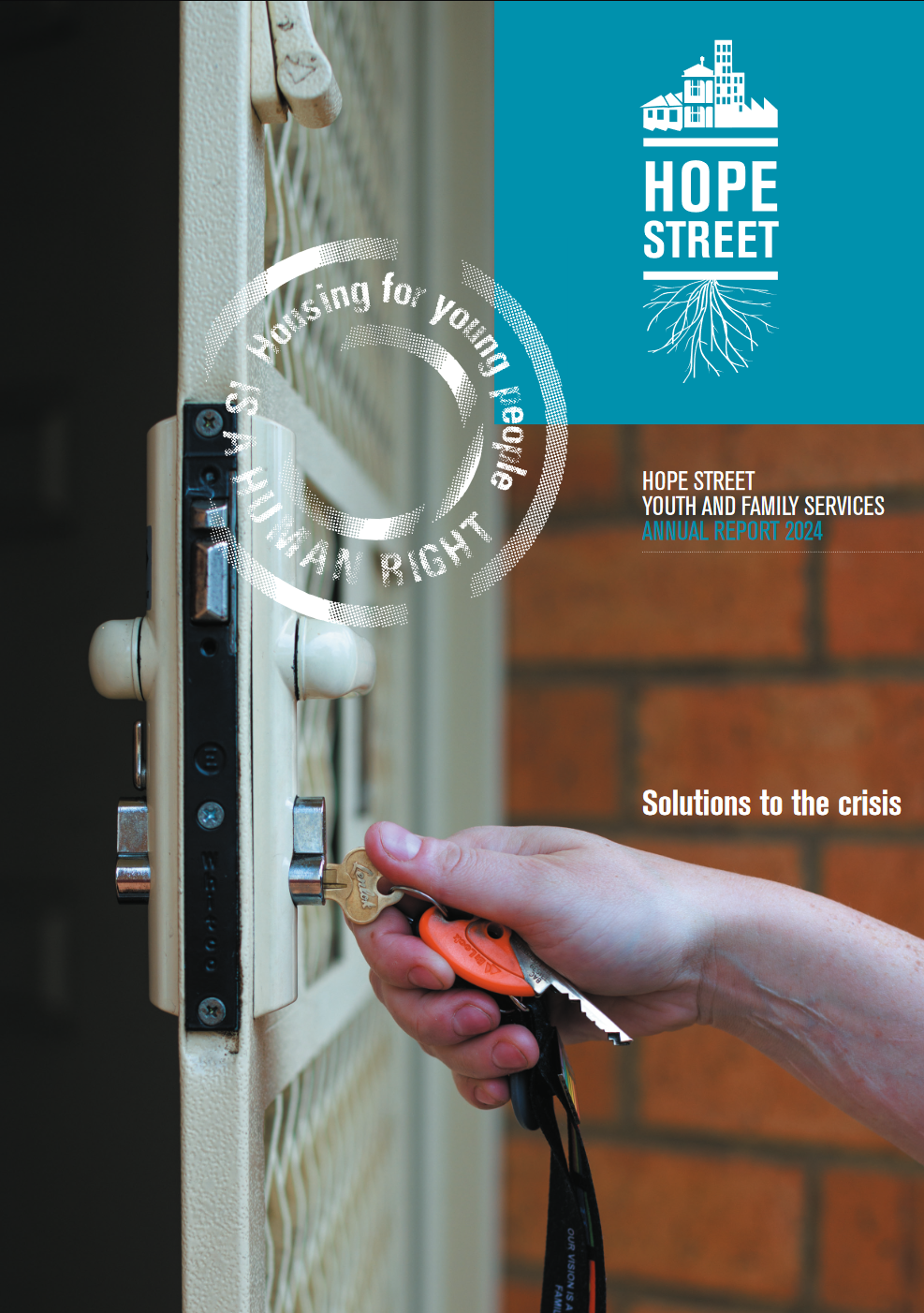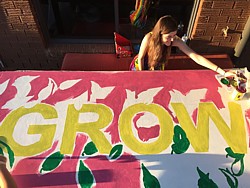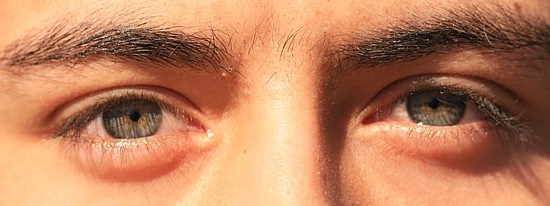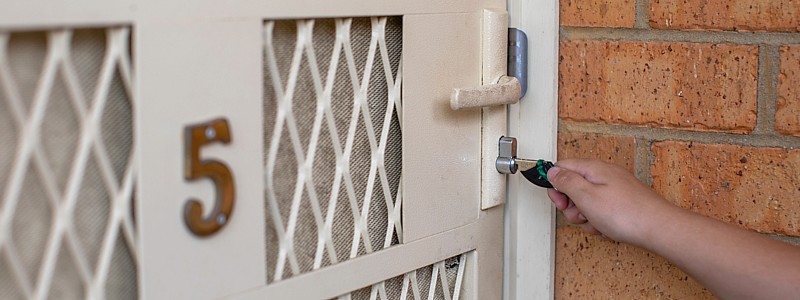On 07 April 2017, the Council to Homeless Persons launched its "Giving Voice: Young People Experiencing and Responding to Homelessness" edition of their national publication, Parity. This issue features young people speaking for themselves and giving voice to their story of how they became homeless in the first place and what happened to them next.
Speakers at the launch included:
- Guy Johnson, Associate Professor of Urban Housing and Homelessness, RMIT, will launch the edition
- Sherri Bruinhout, General Manager, Homelessness and Justice
- Jenny Smith, CEO Council to Homeless Persons
- Vicki Sutton, CEO Melbourne City Mission
- Bruce Tucker, Interim Operations Manager, Hope Street Youth and Family Services
A workshop, presentations and discussions were held with young people from Melbourne City Mission and Hope Street Youth and Family Services facilitated by Morgan Cataldo, Policy and Strategic Projects Officer, Melbourne City Mission and Kat Perdriau, Youth Reconciliation Worker, Hope Street Youth and Family Services.
The causes of youth homelessness are as varied as the young people/families who have no stable accommodation, are on a low income, and are disconnected and isolated from their family, friends and community. We most often have the visual reminder of homelessness from those we find sleeping rough on the streets. However, this is only one aspect of this distressing life situation. We do not see nor hear from the vast majority of the hidden homeless youth in our community - some are couch surfing at a friend’s place for a few nights, others are in emergency accommodation, rooming houses, caravan parks or improvised dwellings. All are struggling to find low-cost, long-term accommodation.
Jenny Smith, CEO, Council to Homeless Persons, says that:
They tell us of their different experiences of homelessness and their dealings with some of the services they have encountered. Most importantly, they tell us what they think are some of the best ways to respond to the needs of young people who experience homelessness. Our task now is to make sure that these voices are heard, loud and clear.
Hope Street, one of the edition sponsors, asked a number of young people to share their personal stories. Through their voices we are given a different perspective from which to listen, to think, to feel and to respond. We must act together with these young men and women who are living or have lived the truth of what it is to be homeless and who can speak of what is needed to address youth homelessness.
"The experience of being homeless has affected my sense of self, in that I don’t think much of myself. I always thought everyone else is more important than I am. I always put others first and me second. Now though, with the help I’m receiving, I have realised that I do have value." -- 16-year-old youth refuge resident
"The main cause of my homelessness was mental health. It is still is. My housemates weren’t working with me; more like against me. This meant that it was difficult for me to get the help I needed. When you have a mental health issue, outreach support is so limited that often you get worse and end up not being able to get help. It becomes a cycle that is hard to get out of." -- 23-year-old youth refuge resident
"I was at risk of becoming homeless because my mother’s boyfriend was always abusing me and threatening to kick me out when I was 14. It was always hanging over me that at any time I’ll be on the streets." -- 22-year-old youth refuge resident
"The main causes of my homelessness were financial. This led to conflict, which led to stress and this led to family break up. My view of myself was affected, as were my friendships. Asking to stay with my friends on their couch made me feel worse. I always felt embarrassed too. A couple of nights I had to sleep in a car, because I didn’t want to have to ask them for a bed. I felt like I was worthless among my friends." -- 25-year-old transitional housing CALD resident
Read their full stories
Parity magazine is published ten times a year and examines homelessness from personal, local, social, national and global perspectives.
Melton Craft Mural: reflections on hope
As part of Hope Street's contributions to this edition of Parity, the Melton Craft Mural was created during a number of activities in Melton and other Hope Street sites on 18 March 2017.
Young people were invited to come and share their thoughts and feelings on the meaning of HOPE through art. Hope Street in Melton supports young people to move towards living independently and therefore move out of the homelessness sector. To assist with the development of interdependence with young people and provide a positive journey, Hope Street provides a safe place for them to show their emotions. It is hard at times for young people to express themselves through words therefore it is important to provide young people with innovative ways to tell others what they think and how they feel. The young people found it very rewarding working as a team and they had a lot of fun using colour while painting the large mural. The young people then had the opportunity to share their reflections on what HOPE means to them. The mural and the thoughts of some of the young people can be viewed in our photo album.














